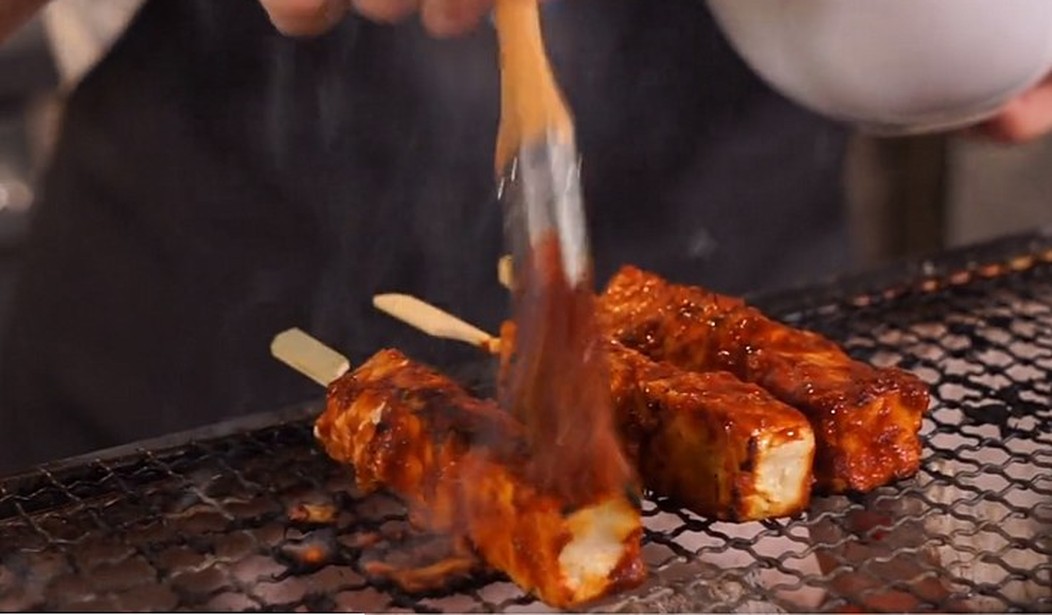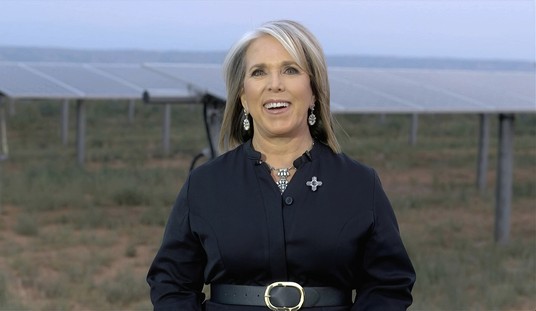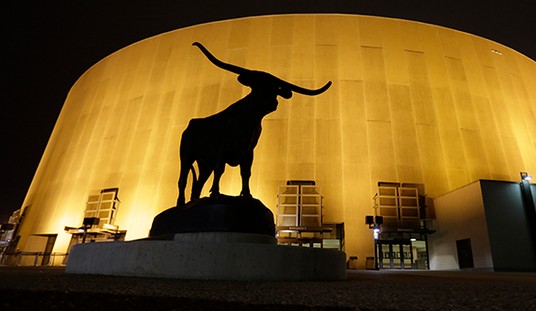The past few years heralded the advent of faux meat, with the media and environmentalists gushing over plant-based food producers “Impossible Foods” and “Beyond Meat.” Burger King even started offering the “Impossible Whopper,” and investors were bullish that the two companies would both become huge players in the global food trade.
2023 stuck a fork in both companies’ prospects, however, as they suffered sales drops, layoffs, and sagging stock prices when interest dried up after the initial novelty of fake flesh wore off.
But worry not—soon, you’ll be able to order yourself a nice burger made of meat… grown in a lab. Yum!
In late June, the U.S. Department of Agriculture granted its first-ever approval of fake chicken from two companies, GOOD Meat and UPSIDE Foods, and it will initially only be served at two restaurants—one in Washington, D.C., and the other in San Francisco. On July 2, a milestone was recorded as the first ever lab-grown chicken produced entirely from animal cells was served at the fancy SF restaurant Bar Crenn:
This 4th of July, join us as we toast to a historic moment in America: the first sale of Cultivated Meat! 🥂🍗✨
On Saturday, UPSIDE Chicken became the first cultivated meat sold in the US, paving the way for the future of food. #UPSIDEFoods #CultivatedMeat #FoodRevolution pic.twitter.com/yPD2i0jB7T
— UPSIDE Foods (@UPSIDEfoods) July 4, 2023
For now, the eateries have only been approved to serve “chicken”; they’ll need further approval to sell cell-cultivated beef, pork, or seafood.
Wait, what?! Seafood? I don’t know why, but that freaks me out even more than fake beef, notwithstanding the fact we all know that “Krab” is really pressed fish and that hot dogs have always been mystery meat.
The production process sounds like it’s from a science fiction novel. First, scientists take stem cells from a chicken egg. Then they grow them:
When it’s time to start production, food scientists submerge the cells in a stainless steel vat of nutrient-rich broth containing all the ingredients cells need to grow and divide. After a few weeks, the cells begin to adhere to one another and produce enough protein to harvest. Finally, the scientists texturize the meat by mixing, heating or shearing it—GOOD Meat uses an extruder—and press it into nugget or cutlet shape.
I’m getting hungry just thinking about it. Actually, I’m not—that sounds freakish. To be fair, however, if you’ve ever been to a slaughterhouse or worked on a farm, that can be pretty jaw-dropping too. The way we get our meat traditionally is not pretty. I’ve hunted, fished, and slaughtered chickens in a barn, so I know that food isn’t just something that magically appears at the grocery store.
I’ll admit, the chicken sure looks like the real deal:
One more way, another way to produce meat, to produce protein to feed the world! @GOODMeat https://t.co/dRrgCI2bTe
— José Andrés 🟧🇺🇸🇪🇸🇺🇦 (@chefjoseandres) July 5, 2023
I’m a meatatarian through and through, and consider vegetables to be merely plate decorations. In my view, the only way you could possibly ruin a MeatZZa pizza is to put green peppers, olives, or onions on it. Non-recoverable. Almost as bad as pineapple on a pizza.
If these new products do catch on, the market is potentially ginormous, seeing as around 90 percent of Americans regularly eat meat. That means (does some quick math)… lots and lots of folks are carnivorous in this country. (All right, here’s the real calculation: that would be approximately 299 million people.)
What surprised me is that a poll by the peer-reviewed journal “PLOS One” indicates that approximately two-thirds of us would at least try lab-grown meat. Frankly, I’m suspicious of that number and think a majority of people would be hesitant to chew on flesh grown in a vat.
I try not to be too much of a “get off my lawn” guy and sneer at every technological advance, but when I read about how this new process will dramatically improve our environment by reducing or even eliminating the carbon footprint of farms, I find myself a little dubious. After all, we’re finding more and more that “clean energy” isn’t as clean as they pretend.
Says Pelle Sinke, an industrial ecologist at the non-profit consultancy CE Delft in the Netherlands:
“There’s such obvious benefits in terms of land use and biodiversity-related impacts. It’s just a more efficient way to produce meat…”
But, he adds, there are still big questions about energy use, technology development and the market. Current versions are hundreds to tens of thousands of times more expensive than conventional meat. And to replace, say, 10% of the roughly 300 million tonnes of standard meat eaten globally each year could require construction of hundreds of thousands of bioreactors.
In other words, they’d need to seriously beef up manufacturing capacity. And what about all the chemicals used in these vats—what are they, and where do they come from? How much pollution will these processing plants emit?
The biggest hurdle, however, as Beyond Meat and Impossible Foods found out, will be getting people to adopt lab-grown food. If they can’t get the costs down, I’m betting they won’t be able to—not very many folks will be willing to pay extra for something they can already get cheaper a little further down the aisle.
I was willing to try the plant-based “meats,” and they were tolerable, but there’s no way in hell they were better than an In-N-Out burger. If lab-grown-meat proponent Bill Gates asked me to give his latest product a try, I think I’d chicken out.
Related:
‘Meat Supremacy’? Eating Meat Is Part of ‘White Supremacist Patriarchal Worldview’













